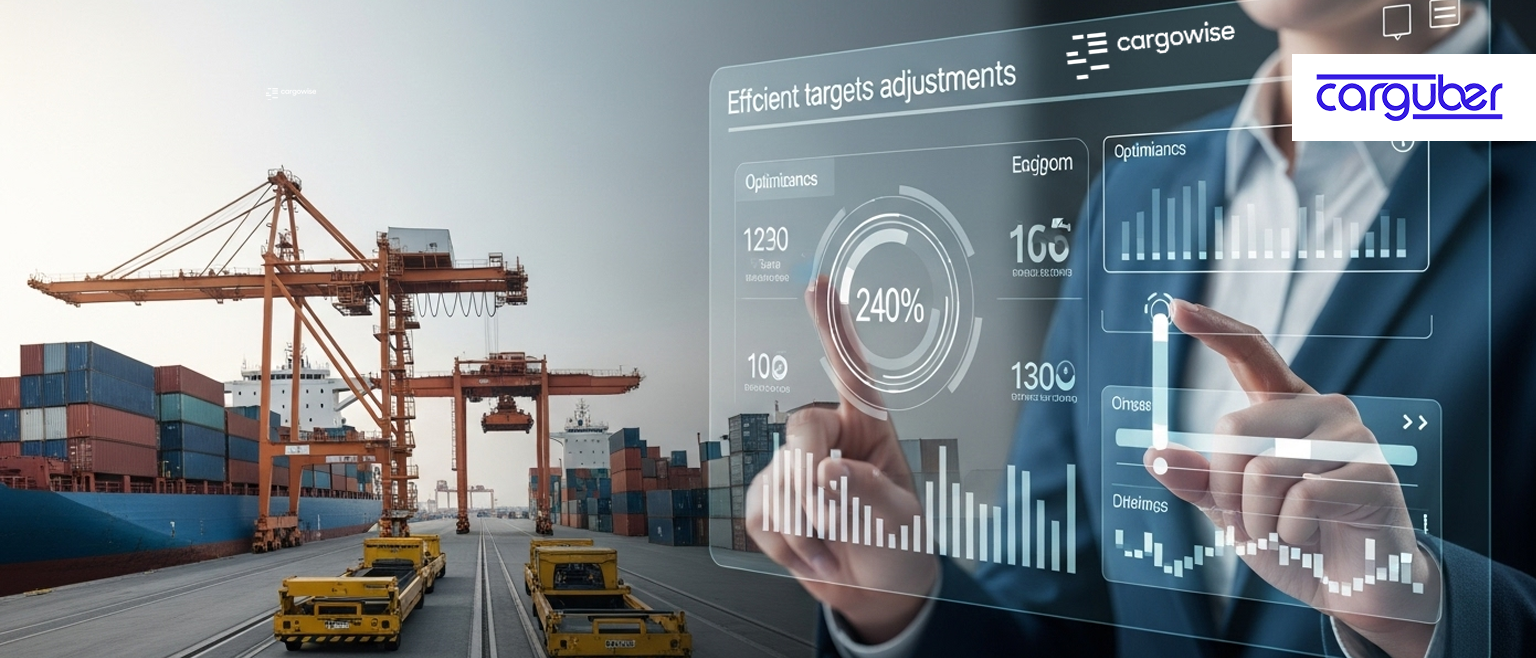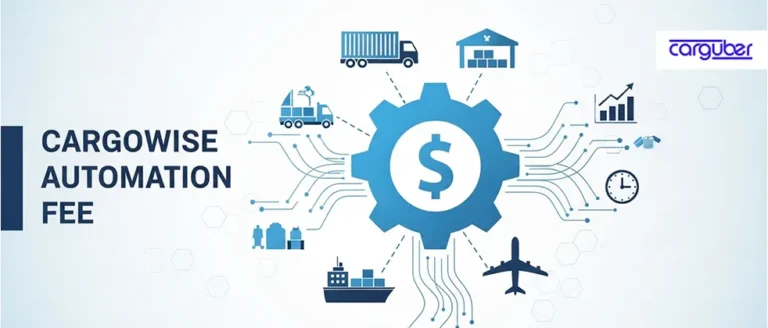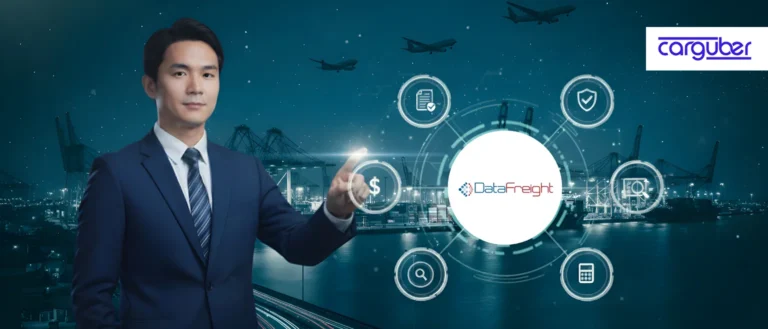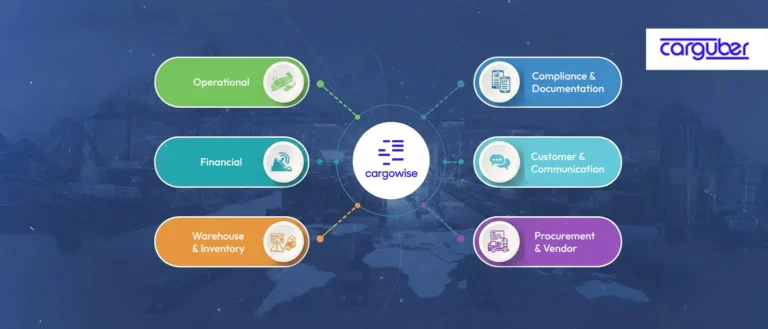How Can You Improve CargoWise Performance Without Overhauling Your Entire System?
If you’ve already invested in CargoWise but your team still faces delays, manual processes, or inefficient workflows, you’re not alone. Many logistics businesses believe that improving their CargoWise setup requires a costly revamp or reimplementation, but that’s not true. Think of it this way: You don’t replace your entire truck when the engine fails; instead, you tune it, align the wheels, and change the oil. The same applies to CargoWise.
The CargoWise system is advanced, but if it isn’t configured with your exact business sense and team structure in mind, you’ll experience friction. That’s why the need for a reliable CargoWise consultant has become more important than ever. Freight forwarders, 3PLs, and logistics providers count on expert help to fine-tune their system, reduce inefficiencies, and activate the full potential of CargoWise without disrupting daily operations.
Let’s explore how you can improve performance, enhance productivity, and get the ROI you expected from CargoWise.
Why Do CargoWise Systems Slow Down Over Time?
Even well-configured CargoWise systems can become inefficient or disorganized if not properly maintained. Here’s what typically causes the decline in performance:
- Outdated workflows or repetitive tasks that were never optimized after post-implementation
- Inefficient data entry practices lead to disorganized records and wasted time.
- Lack of system monitoring means errors and delays go unnoticed until they impact the customer and business.
- Minimal user training, resulting in inconsistent usage across teams
- Unaligned integrations, creating friction instead of seamless flow
The result? Your team spends more time troubleshooting than moving freight. To break this cycle, begin.
Step 1: Start with a System Health Check
The first step to improving performance is understanding the current state of your CargoWise environment. This isn’t just about load speed or login time; it’s about how well your system supports business processes.
A good CargoWise health check includes:
- Reviewing workflow triggers and automation rules
- Checking for duplicate or outdated records
- Analyzing screen layout customizations for user roles
- Auditing modules that are underutilized or misconfigured
These insights help you identify what’s holding your system back.
Step 2: Optimize Workflows Without Rebuilding Them
CargoWise workflows are efficient when correctly set up, but many companies never review them after implementing. If you’re manually entering shipment milestones, missing alerts, or duplicating tasks across departments, it’s time to fine-tune.
Here’s how to optimize:
- Simplify milestone events to reflect actual business touchpoints
- Add automated status updates that feed customer portals and reduce email follow-ups.
- Use conditional logic to prevent irrelevant tasks from triggering.
- Remove redundant branches that cause confusion or obstacles.
These targeted refinements can speed up operations significantly without rebuilding from scratch.
Step 3: Automate Repetitive Manual Tasks with APIs or RPAs
If your team is stuck on repetitive data entry, you’re not using CargoWise to its full potential.
The solution? Integrate with an API solution or use Robotic Process Automation (RPA).
- Utilize APIs (Application Programming Interfaces) to auto-create shipments from customer ERPs, pull real-time tracking data from carriers, and connect it with CargoWise. Trigger document creation and filing with minimal human intervention.
- Connect Robotic Process Automation (RPA): Automate login, data extraction, and updates to records across modules like Bookings or Accounts.
This approach eliminates repetitive tasks and speeds up operations. And more time for high-value work.
Step 4: Improve User Interface (UI) for Faster Navigation
CargoWise is highly customizable, but if your screens are overflowing or your teams are switching between too many tabs, it slows everything down.
Here’s how to improve usability:
- Use role-based screen configurations so each user sees only what they need
- Simplify form layouts to reduce data entry time.
- Customized toolbars and grids for faster navigation
- Train users on keyboard shortcuts and search functions that reduce clicks
It improves usability and removes interference from daily operations, increasing productivity.
Step 5: Clean Up Your Data
Poor data quality is one of the most overlooked causes of slow performance. Inconsistent customer records, outdated addresses, and non-standard naming conventions can break automation and delay processing.
Best practices include,
- Regularly auditing customer and vendor master records
- Standardize naming conventions for shipments and branches.
- Archive or delete outdated records
- Ensure required fields are always populated.
Clean data keeps workflows running smoothly and reduces manual intervention.
Step 6: Upgrade Reporting and Monitoring
Performance issues aren’t always visible until something goes wrong. That’s why proactive monitoring is essential.
Use CargoWise reports or connect BI dashboards to track:
- Monitoring error logs and failed transactions
- Tracking shipment processing times
- Analyzing user activity or data input trends
- Getting real-time views of challenges across operations
Adding visibility helps your team make sure problems are resolved before they impact customers.
Step 7: Upskill Your Employees
Even the best system setup can’t perform if users aren’t confident or consistent in how they use it. Often, performance drops because users find workarounds or ignore time-saving features.
Fix this by:
- Provide ongoing CargoWise training sessions
- Creating internal SOPs and quick-reference guides
- Hosting monthly system feedback meetings to identify friction
- Appointing super users or specialists who support onboarding and troubleshooting
Small efforts in user training can lead to major gains in productivity and satisfaction.
Step 8: Utilize Expert Help Without Full Re-Implementation
You don’t have to tear down and rebuild your CargoWise environment to see results. But you do need targeted support from people who understand the nuances of CargoWise, logistics operations, and your business model.
That’s where a CargoWise consultant like Carguber steps in.
We help logistics companies fine-tune their systems through
- Focused performance audits
- Modular workflow optimization
- Custom API & RPA integrations
- Real-time BI dashboard implementation
- Practical user training and change management
We don’t just point out problems; we fix them without disrupting your daily operations.
Conclusion
If you’re wondering how to improve CargoWise performance without overhauling everything, the answer is simple: assess, optimize, automate, and train. By identifying the friction points in your existing setup and applying targeted modifications, you can achieve real efficiency without the stress or cost of a system overhaul. Your system might not be broken. It might just need a smarter tune-up.
Are you ready to maximize your CargoWise investment? Connect with the CargoWise Support & Helpdesk and start your journey toward smarter, more efficient performance.









